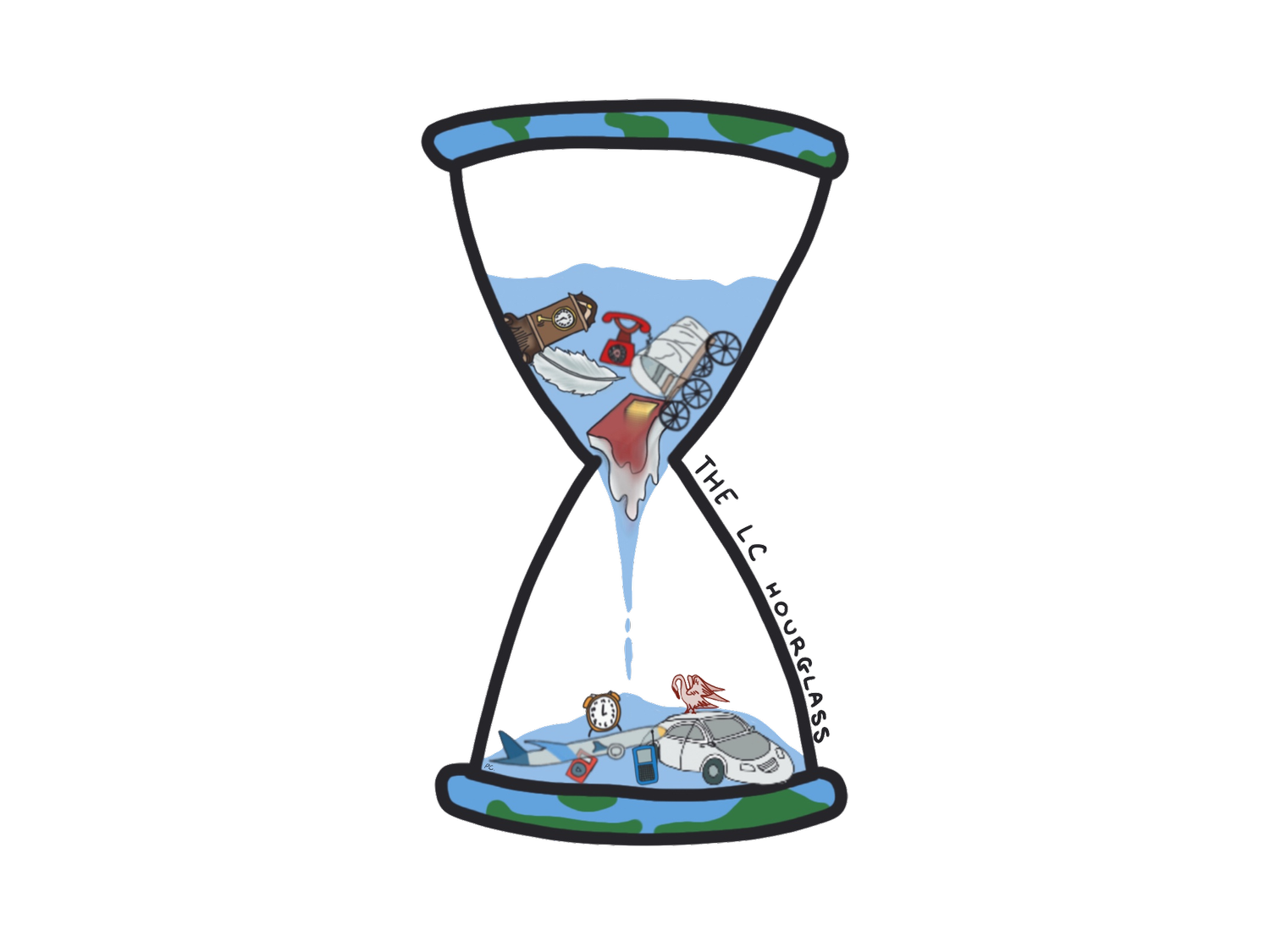A Uniquely American Epidemic
By Michael Hoffman ‘24
There are 2.3 million persons in prison in the United States of America. This is a rate of incarceration higher than any other country in the world. Individuals sent to trial are usually found guilty- only 21 percent of individuals put on trial are acquitted. This is only the tip of the iceberg. The far more insidious reality lies below that fact. In reality, most cases do not even go to trial- rather, of the 91.4 percent of individuals sentenced and convicted, the vast majority- 89.5 percent of the total number of defendants- plead guilty before ever seeing a courtroom. The effect is disastrous, because on top of the 2.3 million persons presently under the direct lock and key of the state, another 4.5 million are on probation and parole, and thus still under the formal control of the government. Beyond that, even after a sentence is served, that criminal record lingers for life, and can have tangible impacts on one's ability to live after incarceration. Formerly incarcerated persons are frequently denied access to housing, food stamps, and other welfare programs, and, in many states, employment as well. Spread across 70 million people with criminal records, over 20 percent of the total population of the United States, the symptoms of mass incarceration are a perpetuation of cycles of poverty, forced recidivism, and broken families. It did not have to be this way; the present sickness of American society is a uniquely American, and uniquely human-caused social ill.
Much of this present inequity has its roots in the past. Beyond the self-evident legacies of Slavery and Jim Crow, the expansion of the welfare system under the New Deal actively disenfranchised African-American communities, by refusing to insure mortgages in and around predominantly African-American communities. The result was a predictable stagnation and dearth of affordable housing for African-Americans, as well as a lack of access to upward mobility, as African-Americans living in redlined zones were unable to build the same equity on a privately owned home as their white counterparts. Thus, even when the Fair Housing Act finally did pass, many of those homes that would have once been affordable under New Deal subsidies and housing aid was now several times more expensive, and markedly out of reach, forcing large swathes of the African-American community to fall back upon generally overcrowded public housing projects.
Fast forward to the 1980s, and stagnant job growth in inner cities, as business development skewed towards suburbs (where wealth was more concentrated), led to corresponding rises in poverty. Not helping matters was President Ronald Reagan, who infamously derided “welfare queens” living off of public welfare in his 1976 campaign, with racialized appeals to working class and poor whites, and combined it with a promise to “get tough” on crime and roll back government welfare. The result was a Justice Department that cut half the numbers of specialists assigned to identify and prosecute white-collar crime, a “War on Drugs,” and an increase in funding for the DEA, Department of Defense, and FBI at the expense of public education and other social services. The resulting occupation-like disproportionate police presence in inner cities, combined with punitive drug policies, as well as a litany of poverty penalties - court fees, supervision fees, fines, parole and probation service fees - and a litany of other scams targeted at an already impoverished community, including deprivation of drivers licenses and the right to vote, led to a system that encouraged recidivism, by effectively excluding formerly incarcerated persons- a full 20% of the population- from the legal economy. This burden, in large part because of racialized profiling and the redlining policies outlined above, fell disproportionately upon African-Americans. The result is a uniquely American illness.
To recap, the collapse of federal housing subsidies among African-American communities, and the government’s systematic denial of basic welfare services to inner-city populations, has led to the erosion, and in many cases outright destruction, of inner city economies, as jobs move towards wealth in the suburbs. The racialized application of policy in the last 50 years by the federal government has led to dramatically more militarized police enforcing incredibly racialized profiling practices, frequently detaining men for minor and even frivolous grounds, including race. The result is a system that presumes criminality, even in the absence of wrongdoing. The result is a system that deprives vast portions of the African-American population of the ability to participate in the legal economy. The result is a system that perpetuates and forces the destruction of families and societal institutions through mass incarceration. The result is a system that must be changed, and can only be remedied by sweeping action on every level of government.
Works Cited
Alexander, Michelle. “Preface to the Tenth Anniversary Edition” in The New Jim Crow. New York: The New Press, 2020.
Gramlich, John. “Fewer than 1% of federal criminal defendants were acquitted in 2022” Pew Research Center, June 14, 2023. https://pewrsr.ch/3JfLH6V.
Terry Gross. “A 'Forgotten History' Of How The U.S. Government Segregated America.” NPR, March 3, 2017. https://www.npr.org/2017/05/03/526655831/a-forgotten-history-of-how the-u-s-government-segrega ted-america.
Demby, Gene. “The Truth Behind The Lies Of The Original 'Welfare Queen.’” NPR, December 20, 2013. https://www.npr.org/sections/codeswitch/2013/12/20/255819681/the-truth behind-the-lies-of-the-original-welfare-queen
